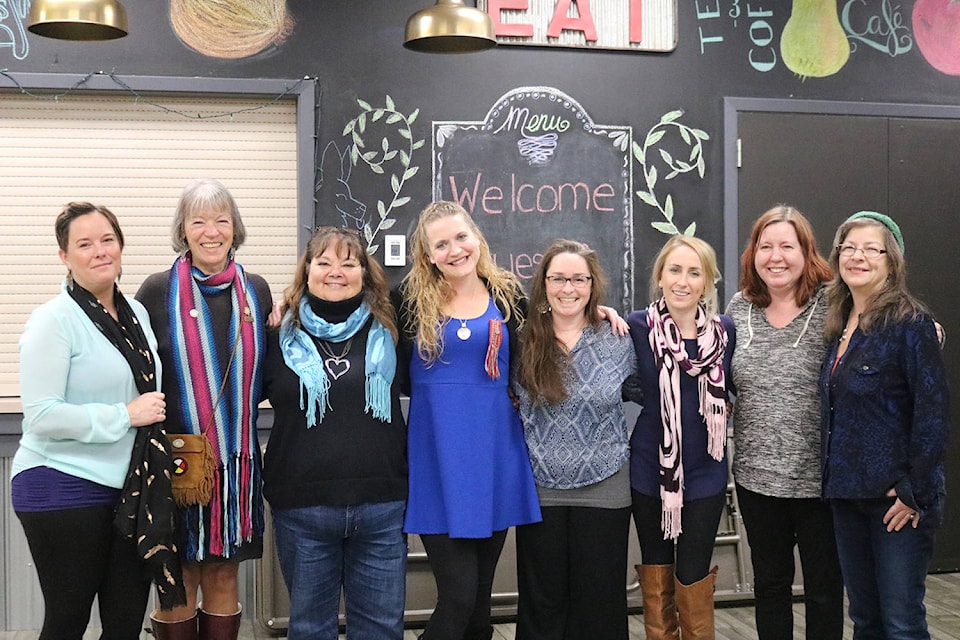In July, they honoured the land with allies and members of the Kootenay and Boundary Indigenous community. By fall, excavators broke ground and carved out a foundation. Since January, future childcare and early childhood education workers have been training for their new roles at the Talking Little Feet daycare in Grand Forks.
This month, they were gifted a big floor drum and handed the keys to the front door.
The centre, which aims to open next month, already has more than a dozen children registered in its programs.
“It [offers] reconnection to culture for families that have been disconnected maybe for generations, because of our history, whether it be residential school, or 60s Scoop,” explained program manager Laranna Androsoff last July after a land honouring ceremony. By providing a solid and safe cultural platform, Androsoff said, the centre will “give [Indigenous children] a safe place to engage in their culture, be proud of their culture, be proud as indigenous children and as indigenous peoples.”
The staff who will be working with the kids at Talking Little Feet have also been undergoing their own cultural education. In January, many sat in on a talk from Canadian author and former executive director of the Aboriginal Head Start Association of B.C. Monique Gray Smith, a day before the Victoria-based author hosted a professional development session for Boundary teachers.
Gray Smith said that “there aren’t a lot of supports for families with little people [in the Boundary], especially indigenous families with little people, where the programming that could be cultural could actually change their trajectory in life.”
Aboriginal Head Start programs, which are provincially funded, focus on six key components. Among them are culture and language, health promotion, social support and parent and family involvement.
“What we saw over the years – and families continue to see – is that the little children are learning language in Headstart,” Gray Smith said, and then they’re going home and speaking, and often the grandparents remember, or they’re fluent. But there’s a generation in between was lost it for a multitude of reasons.” The writer said that “sometimes it wakes things up in family, that has been dormant as well.”
This year marks the 25th anniversary of the program, which boasts more than 20 preschool and child care programs around B.C.
Five years ago, Gray Smith said, the Aboriginal Head Start Association of B.C. hosted a 20-year celebration and invited past participants, now adults, to join.
“Almost 90 per cent of them talked about how Aboriginal Head Start connected them to culture and language in a way that had never happened before,” Gray Smith recalled.
The program’s learning philosophy, Gray Smith said, “is about how do we be in relationship so that we can learn in a different way. In that relationship, we each have a responsibility, and that includes to the land and to the water. When we raise children with that responsibility to land into the water, we’re raising different citizens.”
Students will begin forming those relationships next month.
@jensenedw
Jensen.edwards@grandforksgazette.ca
Like us on Facebook and follow us on Twitter.
